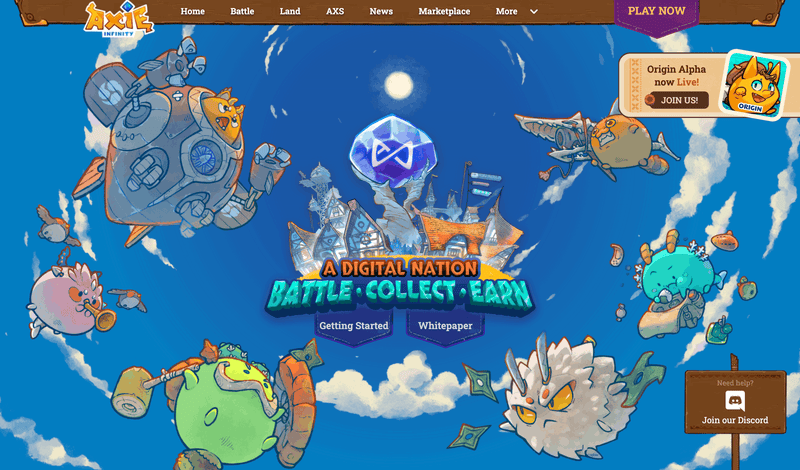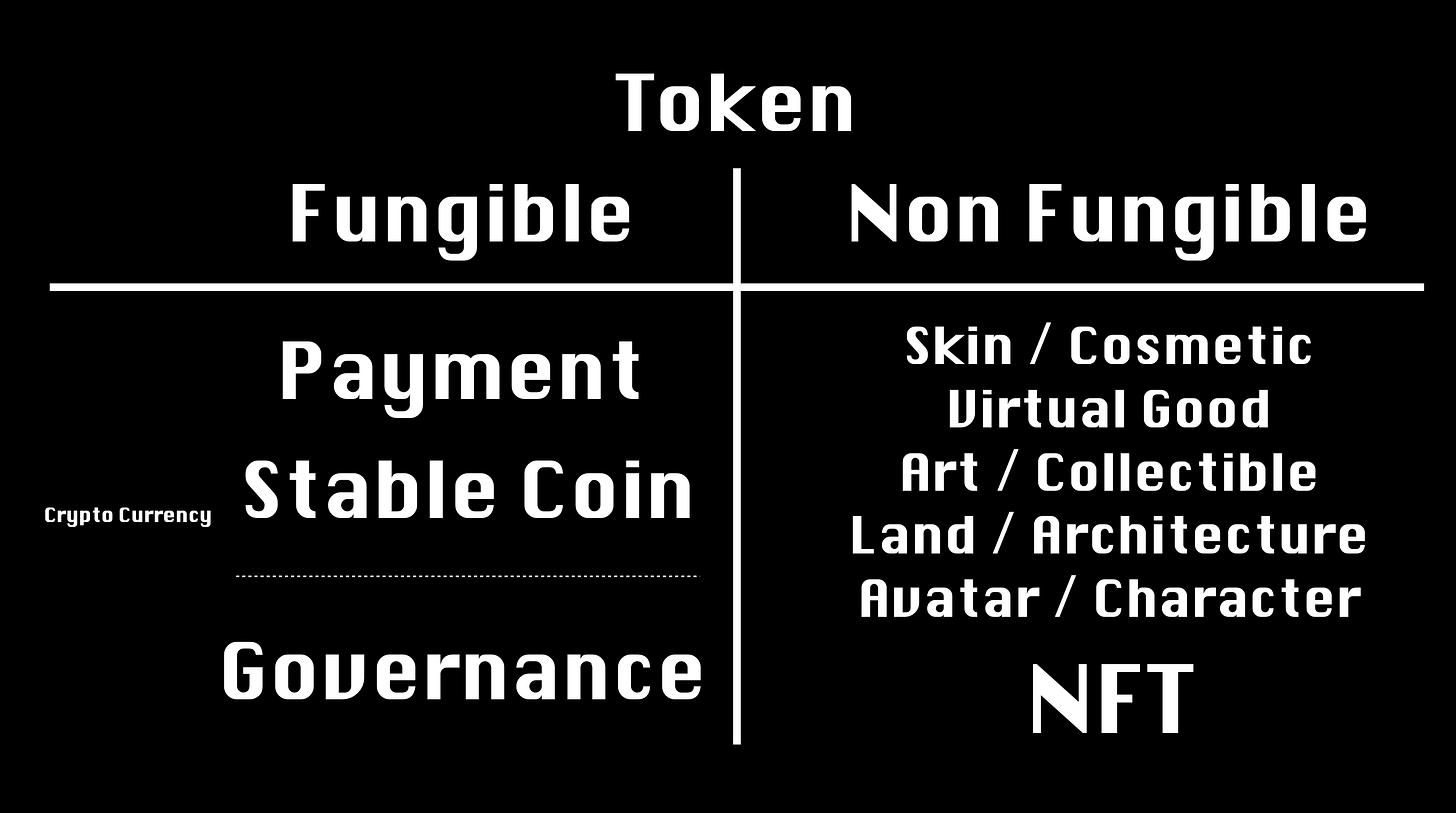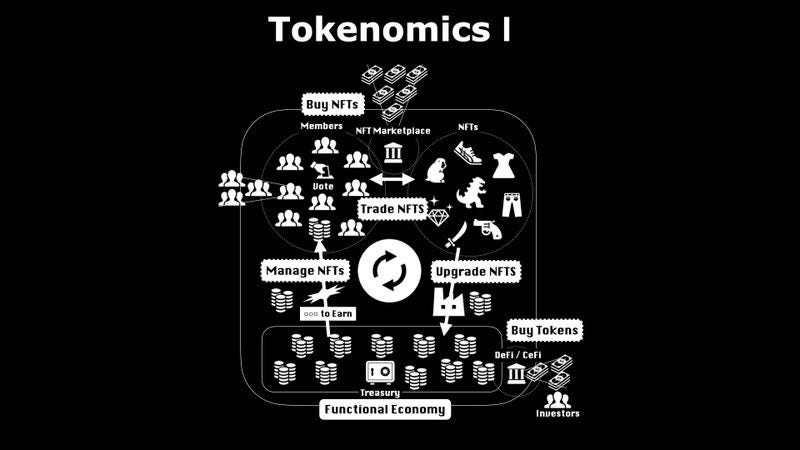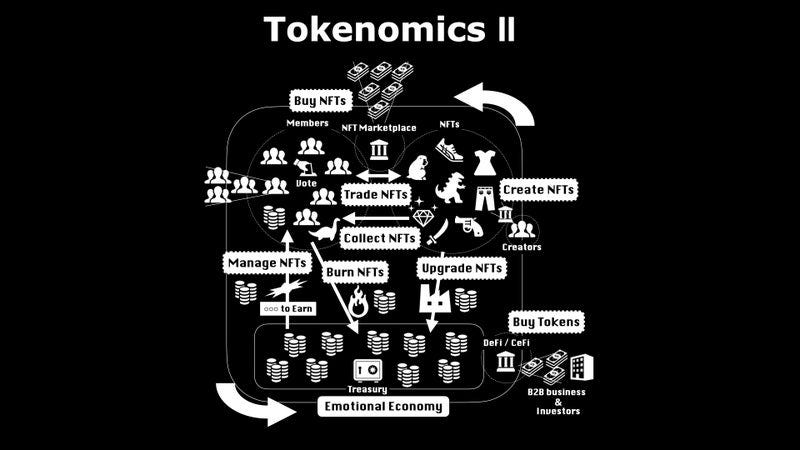Why Japan has advantages in Web3
Despite the fluctuations in the cryptocurrency (token) market, the global Web3 movement shows no signs of stopping.
According to data company CoinMarketCap, tokens worldwide have generated a value of 1.6 trillion dollars. The number of unique addresses for Ethereum, a representative protocol supporting the Web3 ecosystem, is approaching 200 million, and its growth continues to increase steadily.
How about Japan? Unfortunately, due to regulations on cryptocurrencies and various market constraints, Japan is significantly behind Western countries and other Asian nations. However, as the title suggests, I believe there is a significant opportunity for Japan. In this article, I will explain the reasons for this. I hope my insights will be helpful for those challenging Web3.
We have created a $20M Web3-focused fund at Akatsuki. It started in September 2021, and we have already invested in tokens of over 20 global Web3 projects, including STEPN and BreederDAO. Based in Singapore, we will invest globally from Asia. For more information, please see the press release:
https://aktsk.jp/en/press/53234/Table of Contents
1. "Tokenomics": The Revolution of Web3
Web3 represents a borderless economy, with the concept of "tokens" emerging as a crucial component based on blockchain technology. The economy formed by tokens, known as "Tokenomics," is at the heart of the Web3 revolution.
Tokens are primarily categorized into two types: "Fungible Tokens" and "Non-Fungible Tokens (NFTs)."
Furthermore, within fungible tokens, there are "Payment Tokens" or "Utility Tokens," which serve as a form of currency, and "Governance Tokens," which assume governance or security-like roles. (I don’t mention regulation here.)
The 2021 global phenomenon of the NFT game "Axie Infinity" revolutionized the balance of these three token types, creating an economy formed by tokens on a global scale, which I refer to as the "token-based trinity of value."
In particular, I believe that in the Dapps (Decentralized applications) layer for game, entertainment, and lifestyle applications, where there is a significant opportunity for Japan, the triangular tokenomics model that involves users is of utmost importance.
Moreover, in the protocol layer, such as Ethereum, which serves as the foundation for token issuance, and in the exchange layer, such as DeFi (Decentralized Finance) platforms like "Uniswap," many cases are established with a single token encompassing both payment and governance tokens.2. “Challenges of Tokenomics” in Play to Earn
Let's discuss the tokenomics of Play to Earn (P2E) NFT game projects as an example. First, users purchase NFTs within the game (Buy NFTs) and begin playing. Using these NFTs during gameplay, they acquire in-game tokens (Utility Tokens) (Manage NFTs).
These acquired in-game tokens can then be used to level up or strengthen NFTs, allowing users to earn even more in-game tokens (Upgrade NFTs).
Additionally, there is a marketplace within the economy where users can trade NFTs, and transaction fees from this marketplace become the revenue for Web3 projects (Trade NFTs).
As you can see, there are only two entry points for foreign currency into the P2E game's economy: "new user growth (Buy NFTs)" and "investor token purchases (Buy Tokens)."
For instance, in the NFT game "Axie Infinity," players must initially purchase three Axie character NFTs to start playing. An increase in new users leads to obtaining foreign currency. As the number of players continues to grow, the economy expands, leading to economic growth and a potential increase in token prices, which attracts investors.

On the other hand, what about existing users? By using NFTs for gameplay, users can acquire in-game tokens (Manage NFTs) and then use those tokens to further strengthen their characters, enabling them to earn even more in-game tokens (Upgrade NFTs).
In this way, by repeatedly managing and upgrading, existing users keep the in-game tokens circulating. In other words, it is a system that maintains the economy by continuously inflating the value of tokens and NFTs.
Thus, as long as the number of new users/investors continues to increase (population growth), the economic sphere of P2E games will continue to expand and grow. However, on the other hand, it also has the challenge that the P2E economy will collapse once there is a downturn in the increase of new users/investors.
The most frightening aspect for the economy of P2E games is the negative chain of "users leaving and selling tokens -> token prices dropping -> more users leaving." A massive sell-off of tokens leads to the collapse of tokenomics.
This is exactly the same as the real-world economy. If you keep printing large amounts of fiat currencies, but it doesn't lead to consumption or investment, the economy will eventually collapse.
My team at the fund I founded, "Emoote" has observed numerous Web3 projects that have fallen into the trap of such tokenomics. I feel uneasy about starting those projects simply because "X to Earn" is the trend.
Web3 is not just about business trends for startups or fundraising opportunities. While I think it's important to quickly move on to "new trends" and "chances," Web3 is a revolution driven by tokenomics.
I call the tokenomics that fulfill the desires of users/investors who want to "make money" a "Functional Economy." What this means is that the tokenomics of Dapps (decentralized applications) like P2E games cannot be sustainable with just the "earning" function.
So, what should we do?
We need to reduce the "selling pressure" where users sell tokens. There are only two ways to do this: either have them hold tokens or consume tokens.
"Sustainable Tokenomics" Achieved by "Emotional Attachment" The following figure shows a specific mechanism to solve the challenges of tokenomics.
3. "Sustainable Tokenomics" Achieved by "Emotional Attachment"
The following figure shows a specific mechanism to solve the challenges of tokenomics.
We, at Emoote, propose two specific solutions: "Desire to Collect NFTs" and "Desire to Burn NFTs."
"Desire to Collect NFTs" should be easily understood by those who have been passionate about collecting cute character card games, stickers, or cards with candy/snacks. In other words, regardless of whether they can earn money, the more users want to collect NFTs, the larger the economy will grow. The key is whether or not you can evoke emotional attachment that makes them want to keep NFTs in their possession.
"Desire to Burn NFTs" can be exemplified by gifting/tipping (giving money) at creators or livestreamers. For those who have a favorite, the desire to gift something for their "favorite" at this very moment should be easily understood. Although gifting can be done with either fungible tokens or NFTs, I feel a greater potential in NFTs.
I call the tokenomics that multiply emotional attachment such as "fun/love > wanting to make money" and "Emotional Economy."
Why is this approach important?
Initially, users who joined with the extrinsic motivation/value of "wanting to make money" eventually transform into fans, developing feelings of "fun," "love," and "wanting to support." Intrinsic motivation/value is present in this process. If we visualize this in a graph, it will look like the following:
The desire to collect and consume NFTs is key to sustainability of Web3 project tokenomics.
Web3 builders struggle to create "sustainable tokenomics" in projects worldwide.
4. Why Japan has advantages in Web3
Now to the main point: why does Japan have advantages in Web3? There are two reasons.
First, Japanese users are eager for "profitable" Dapps (decentralized applications).
One of our portfolio is a lifestyle app called "STEPN," which has a "Move to Earn (earn by walking/running)".
STEPN has experienced rapid growth since 2022, and Japanese users are actually driving its tokenomics. When discussing with STEPN co-founder Yawn Rong, he said, "It's unsure to us why there are so many Japanese users."
In Web3 projects, also called "ownership economy," the most important factor is the community.
Japanese users may contribute to the tokenomics of Web3 Dapps (decentralized applications) as excellent users. Japan's perspective may change significantly if we can gain such trust from Web3 projects worldwide.
The development base of the P2E NFT game "Axie Infinity" is in Vietnam. The M2E lifestyle app "STEPN" is in Australia. The ecosystem of Web3 is entirely different from the world of Web2, which originated in Silicon Valley in the United States. There must be an opportunity here.

Secondly, Japan is a country that has produced popular characters/IP and media worldwide.
Japan has several global top-tier game companies. Story-telling, level design, parameter setting and adjustment, and in-game event management expertise cultivated by entertainment and game companies, starting with feature phone social games and smartphone games, should be widely applicable to GameFi and NFT Web3 projects.
As users, we have enjoyed various apps from the feature phone to smartphones. There's no doubt that our mobile literacy as consumers is extremely high.
In addition, I believe that there are two critical elements in Web3: "community" and "culture."
"Community" not only refers to users eager for profitable Dapps but also includes fan communities that support games, anime, idols, artists, and more. Japanese companies have the know-how to build and manage such fandoms, and we can expect many fans to contribute to Web3 projects.
This existence of fandom, represented by the word "otaku," is a different "culture" from the West. To operate tokenomics rooted in the community, I believe a unique culture that energizes the project is necessary. As we move towards the metaverse, interactions between users and fans will become increasingly valuable.
As a member of a Web3-focused fund, I have discussed with Web3 builders worldwide. Through these discussions, I have felt the potential for Japan's unique advantages to be utilized.
Of course, the title "Why Japan has advantages in Web3" is a metaphor. Web3 is a globally open world from the beginning. Composability, like Lego blocks complementing each other, is more important than winning or losing.
Community, creativity, operational know-how, culture, and fandom are significant advantages in creating an "Emotional Economy."
That's why we want to advance Web3 together with Japanese creators and builders, and also bring global projects to the Japanese market or make collaboration opportunities with Japanese IPs/projects/creators.
5. In conclusion
Thank you for reading this far. Although I mentioned initially that Japan is significantly behind compared to other countries, Web3 is still in its early stages. The Web3 world is evolving at an incredible speed, but it has only just begun.
By catching up and networking globally, everyone can lead the world.
As a member of a Web3 fund, I believe I can be of help. To all creators, builders, startups, and publishers, please feel free to contact me if there is anything I can do.
Lastly, I have an announcement.
I understand that many people may feel that they lack basic knowledge of Web3. Therefore, we are launching "Booost!!", a series of seminars for aspiring Web3 builders focusing on themes such as entertainment, media, and lifestyle.
We will invite Web3 leaders from overseas, such as Yawn Rong (Co-Founder of STEPN) and Yat Siu (Chairman of Animoca Brands), as well as guests from Japanese entertainment and media companies. Our team at Emoote will also generously share our insights from daily research and overseas investments.
We look forward to your applications.
Booost!! | Emoote Web3 Seminar https://booost.emoote.com/ (Ended in 2022)
On Twitter, we share real-time updates on entertainment and media in Web3, as well as the latest information on our investments.
If you are interested in this article, please subscribe my newsletter and follow Twitter.













